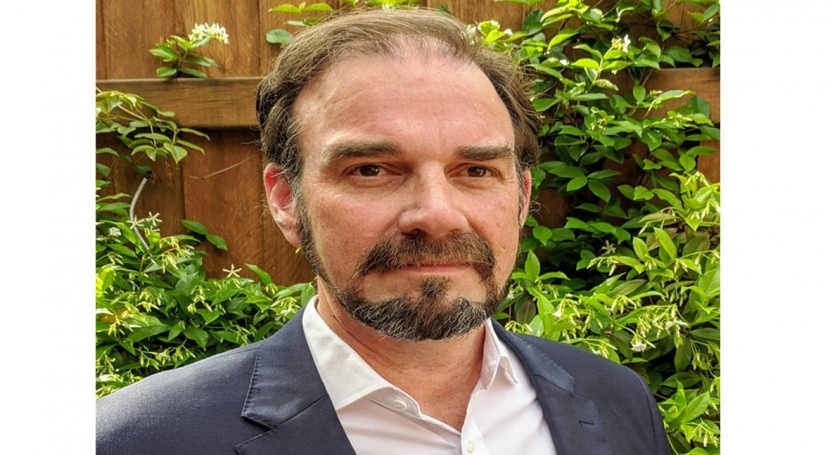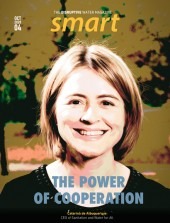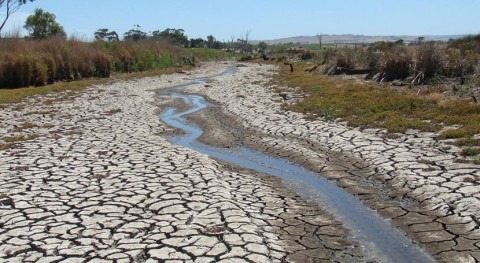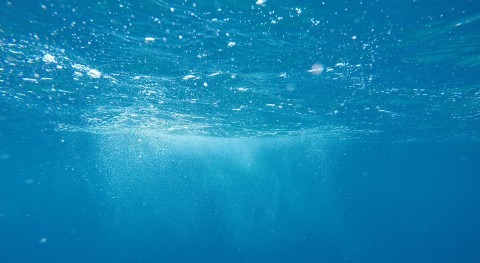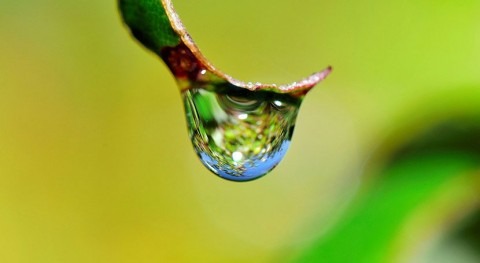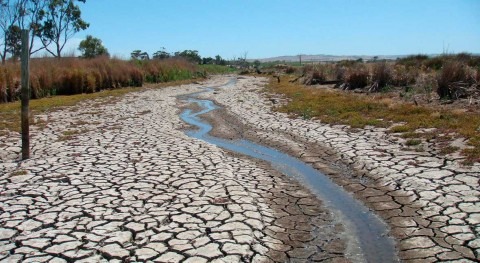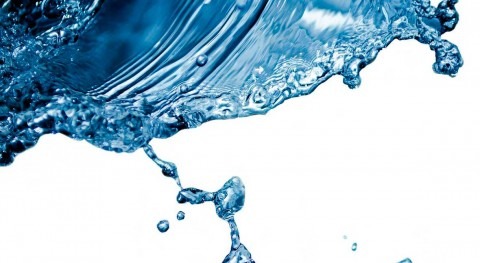To better understand the drivers of water theft, a significant worldwide phenomenon, an international team of researchers led by the University of Adelaide have designed a novel framework and model, applied to Australia, Spain and the United States. With these tools, water managers and institutions can study the multiple cases of water theft, the effectiveness of current penalties, as well as testing the impact of changes to detection, prosecution and conviction systems. We speak with Dr Adam Loch, Senior Lecturer at the Centre for Global Food and Resources, at the University of Adelaide, Australia, to get a better understanding of ‘lost’ water, a topic which does not receive sufficient coverage.
Question: What is water theft and where in the world does it occur most often?
Water theft is essentially where anyone steals water that does not belong to them. In contexts where water rights (like ownership of land) exist theft can be a criminal matter. But in areas where rights do not exist theft can still have substantial impacts on those that are left without the water resources they expected. It is hard to say categorically where it happens most often as the data is very poor; that is, most thieves do not self-report. But theft will happen most frequently where the institutions that are supposed to prevent it fail. Thus, in countries where theft monitoring, detection, prosecution, and conviction mechanisms are poor, then theft will likely be higher.
In countries where theft monitoring, detection, prosecution, and conviction mechanisms are poor, then theft will likely be higher
Q: What do you think are the main drivers behind water theft?
A: There are many different drivers: some people just don’t care about others and steal because they think they are entitled to do so; some feel that rules are unfair and therefore don’t apply to them; some are disadvantaged and steal because they have to; while others are opportunistic and recognize failings in the system that they can take advantage of (as discussed above). An increasing driver of theft (we believe) is increasing scarcity of water resources globally. As water and access to water decreases, then the motives for people to steal it will increase. This is a huge looming problem—on top of all the other problems we already have with global water management and security—that should also feature in our thinking and discussions about solutions.
Q: As a research topic, water theft has not received much coverage. Why do you think this is?
A: Because, as stated, people don’t talk about it. Thieves don’t self-report; the poor may be intimidated into keeping quiet, or if reliant upon theft to survive they will clearly not speak out against it; officials may see vulnerable groups as requiring protection from prosecution over theft and/or view the issue as inconsequential. Either way, we have very little real data to work with, which hampers efforts to recognize the issue and a call to arms to deal with it.
As water and access to water decreases, then the motives for people to steal it will increase. This is a huge looming problem
Q: With water scarcity already impacting 40% of the world’s population and global warming making already dry regions even dryer, do you think there will be an increment in water theft in the following decades in these arid regions?
A: As discussed, yes. But it will not just be in arid or currently scarce areas. We are all facing water shortages of some degree, and none of us will be spared this impact of theft in the long-run. If, as some predict, we see water resources drop away by 30-60% over the next 10-20 years, and the gap between supply and demand continues to grow, then theft will become a big problem that will demand our attention.
Q: How does your novel framework and model help water managers protect this essential resource?
A: Our framework basically points out how we can assess current institutions and identify where the failure points might lie. So if we think about the growing problem in theft as discussed in the last question, being able to look at our systems now and figure out how they need to be improved before we reach that level of future theft would be a smart investment. In the case of our work, we can also determine the effectiveness of penalties and how they may/may not provide effective deterrents to theft.
We have very little real data to work with, which hampers efforts to recognize the issue and a call to arms to deal with it
Q: Does the framework also provide advice for institutions? If so, how?
A: It can if those areas go through the process that we have outlined. Apart from what we’ve outlined above, areas can clearly see where their individual or component parts to the system fail, and then they can also see how that might improve if they invest to change that element of the system. For example, if we study the system and it tells us that the legal arrangements are poor, then if we identify how to improve them—and make that change in the framework—we can see if it is enough to provide a useful solution. More likely, we will need to change a range of issues to make it work best.
Q: In your case study, you mention “where authorities fail to support detection and prosecution, theft will increase.” What measures can local authorities put in place to try and deter water theft?
A: For example, here is Australia one of our states has invested in a new regulatory body (the NRAR) to tackle water theft. As a result, the cases in that state have increased three-fold over the last 3-4 years. This is not that theft has increased; rather, the institution responsible for dealing with it has improved and is working by identifying and prosecuting cases. It really begs the question; just how large an issue was theft before these changes? At any rate, this is an example of what can be done, and how it can improve our understanding of the problem, what is being done in response, and how effective that is.
Telemetry and water meters are being used in Australia to collect real-time data on use & extraction, but are still subject to uncertainty
Q: Of the three countries where you applied your case study – Australia, the US, and Spain – which offered water managers most protection concerning stolen water?
A: It was most likely in Australia as far as the cases were concerned. All three countries had their institutions, cultures and attitudes to the problem which varied as we would expect. But for Australia, the existing (agricultural) rights to water and more recent national investments in environmental water rights (~AU$8.4 billion to date) meant that the theft of environmental water was taken very seriously. But it took a farmer to raise the alarm! So we’re not perfect either, and also need to ensure that we stay on top of this issue for the national good.
Q: How can digital tools help tackle this issue?
A: As we note, satellite imagery may be a response but where evidence may be questioned in court; we simply don’t know yet. Telemetry and water meters are also being rolled out across Australia to collect real-time data on use and extraction, but these are still subject to considerable argument and uncertainty that again may be used in court to limit prosecutions and the use of penalties. As technology improves, we will see more and more possible answers to these issues, but we must always be mindful of the evidentiary requirement in these cases, and how best to assemble the data for that process to succeed. Any digital tools that provide that outcome will be well suited in this area of water management.


